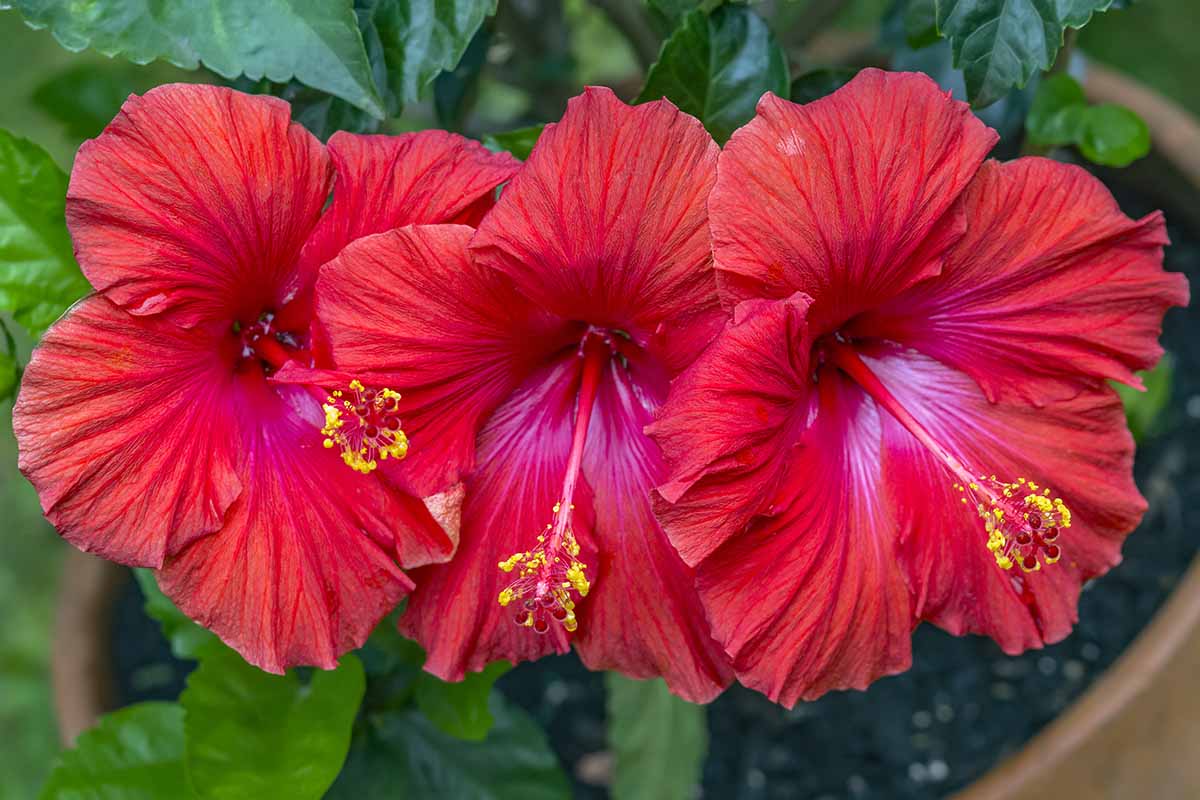Umar Farouq Batagarawa, a young man has been making remarkable strides in the world of hibiscus farming.
His passion for organic cultivation and sustainable farming practices has not only placed him on the map but has also brought significant value to Nigeria’s agricultural sector.
Farouq’s dedication to nurturing the land and creating employment opportunities for his community reflects the promise of a new generation of farmers committed to innovation and sustainability.
For two years now, Farouq has been farming and trading hibiscus, realising the added value of going organic. He oversees a 13-hectare hibiscus farm in Gumel, though for organic reasons, 10 hectares of that land are currently cultivated. Starting from trading the crop, this venture was a backward integration move for him.
He said the process involved rotating hibiscus with legumes for soil fertility, and adhering to spacing standards that ensure optimal growth. His commitment to organic farming complies with strict international standards, and he’s always striving to meet the evolving expectations of the global market.
“We practice spacing between plants to ensure that the canopy allows ample sunlight, essential for photosynthesis. Hibiscus thrives in arid climates and well-drained soils, making places like Jigawa, Katsina, parts of Bauchi, Yobe, and Niger Republic ideal for its cultivation,” he said.
Managing hibiscus cultivation
“Fortunately, hibiscus is a hardy crop, resistant to many pests and diseases. However, in organic farming, the farmers are restricted to using organic matter. For pest control, we rely on neem-based products, such as Neem Sul, which is produced by a company in Katsina”, he added.
He further stated that hibiscus is rain-fed, “planting typically occurs in June or July, with harvesting in December. The plant generates Yakuwa in (Hausa) from its leaves, but the most economically valuable part is the flower. Specifically, it’s the calyx—the reproductive organ of the plant—that is of interest. Harvesting takes place when the calyx is ripe but before it fully dries out, as dried calyx loses its commercial value. The harvesting process is one of the most labor-intensive aspects of hibiscus cultivation. It involves uprooting the plants and carefully pruning the flowers, removing the seed capsule from within the calyx. Once harvested, hibiscus flowers need to be dried to less than 12% moisture content for a longer shelf life, which can extend up to 24 months.”
Varieties of hibiscus
Although not much research has been done on hibiscus varieties, farmers colloquially differentiate them by color. Seed segregation is often incomplete, so a bag of seeds usually contains a mix of varieties. The differences are primarily in flower size and color, but overall, hibiscus farming does not require any special planting techniques.
Navigating international markets
One of the biggest challenges we face in exporting hibiscus is overcoming Nigeria’s poor reputation in international markets. The lack of confidence in our regulatory authorities creates hurdles. However, Nigeria is increasingly becoming a major player in hibiscus production, especially since Sudan, once a leading producer, has seen its output decline due to instability. This gap in supply has driven up global prices, but as Nigerian production ramps up, prices are gradually stabilising.
Market demand and price fluctuations
Sudan was known for producing high-quality hibiscus, especially clean, well-processed flowers. The instability there led to a temporary shortage, driving prices higher. However, Nigeria has stepped in to fill the gap.
Dealing with climate change
The effects of climate change are becoming more evident, particularly around the Jigawa area, which has seen severe flooding in recent years. To mitigate these effects, farmers have implemented climate adaptation strategies, such as creating ridges across the land to prevent nutrient loss during heavy rains.
The rewards of farming
Farouq said farming hibiscus has been incredibly fulfilling for him, both because it involves nurturing crops and because it creates jobs within the community.

 Join Daily Trust WhatsApp Community For Quick Access To News and Happenings Around You.
Join Daily Trust WhatsApp Community For Quick Access To News and Happenings Around You.


